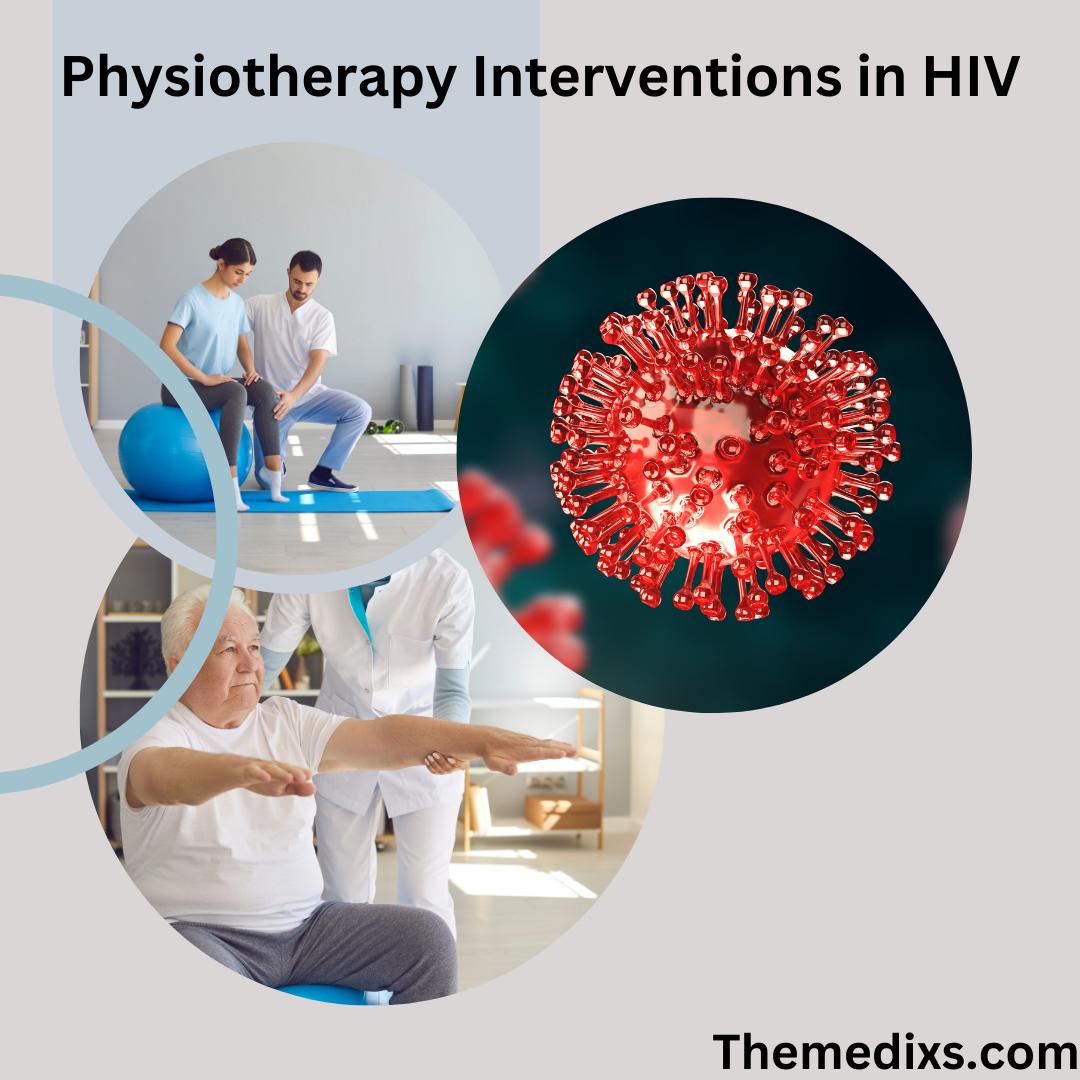Migraine is a headache that is usually on one side of the head which causes pulsing sensation and severe throbbing pain to the head. Often it occurs due to extreme sensitivity to light and sound, nausea, and vomiting. It is a condition that causes severe headaches and its attacks last for hours to days.
Symptoms of Migraine
Some common symptoms are:
- Severe headache
- Blurred vision
- Sensitivity of light
- Nausea and vomiting
- Slurred speech
- Dizziness
- Pulsating sensation
- Vertigo
The symptoms of migraines vary in everyone. It shows their symptoms through different stages in people’s lives.
Stages of Migraine
Migraine occurs through four different stages which include:
Prodrome:
It is the first stage in which you notice some changes one to two days before it starts. It includes
- Mood changes
- Neck stiffness
- Constipation
- Increase urination
- Cravings for food
Aura:
It is the second stage of migraine. Aura is a reversible symptom of the nervous system. This might be during or before migraines. It includes symptoms of visual problems but also causes some other disturbances. It includes
- Visual changes
- Numbness
- Speaking difficulty
- Weakness
Attack:
Attack is the third stage of migraine. It last from hours to days. It varies from person to person. If it is untreated it lasts for 4 to 74 hours. This stage includes:
- Nausea and Vomiting
- Pain at one side of the head
- Sensitivity to light and sound
Post drome:
It is the last stage in which after an attack you might feel confused and drained for up to a day. In this sudden head movements may cause pain again.
Difference between migraine and headache
Headache is a band of pain on the forehead. This pain is tiring on either side of the head. While migraine is severe pain that hurts worse on one side of the head.

Management and Treatment
Life Style Modification:
Lifestyle modifications can treat migraine and prevent attacks and symptoms. For this purpose, you have to follow some instructions:
- Drink plenty of water
- Develop a proper sleeping routine to reduce stress
- Eat healthy diet
- Exercise regularly
Home remedies
Diet:
By taking a healthy diet you can prevent episodes of migraines at home. Because some foods trigger migraines. These include chocolates, alcohol, and caffeine. If you are suffering from migraine you must try to avoid these foods at home to treat this condition.
Oil Massage:
Some oils have the ability help to relieve headaches and anxiety. Essential oils possess the ability to ease migraines episode or symptoms. These oils are chamomile oil, lavender oil, and basil oil. These oils massage at home to relieve stress and manage this.
Management of stress:
Stress conditions trigger migraine. Managing stress conditions at home prevents migraines. Whenever it’s possible try to limit conditions that lead to stress. In this way, you can manage it at home.
Use of Ginger:
In reviews of clinical trials, it was found that ginger powder is effective and safe to treat. Ginger reduces the pain of headache after two hours of use. On the other hand, this can also help to relieve vomiting and nausea. So to cure it, use of Ginger at home is beneficial.
Yoga:
For treating migraines by yoga is complementary therapy. In yoga to enhance well-being and health uses breathing, body postures, and meditation. This can reduce symptoms and attacks, release tension to promote vascular growth properly.
Treatment with medications;
For the treatment with medications, you can use painkillers like paracetamol and ibuprofen.
Complications
Due to headache or severe pain at one side of the head, you might feel some complications like nausea, depression, diarrhea, numbness, and vertigo.
Prevention
To prevent pain, you follow some key points that help and relieve symptoms. This includes:
- Manage stress
- Sleep properly
- Exercise daily
- Manage lifestyle habits
- Use of medications recommended by doctors only
Common Myths about Migraine
Caffeine causes migraine:
This is a myth that caffeine causes migraine. Caffeine does not cause it.
Migraine is a mental health disorder:
This is a myth that migraine is a mental disorder while migraine is not a mental disorder. It is a neurological disease that has its own set of treatment and preventive measures.
KEY TAKEAWAYS FOR MIGRAINE
- Migraine is a condition that causes severe headaches and its attacks last for hours to days.
- Migraine occurs through four different stages.
- Lifestyle modifications can treat migraine.
- Use some essential oils for massage
- Acupressure
- Yoga
- Use of Ginger powder












Nicely covered all the subjects in this topic.